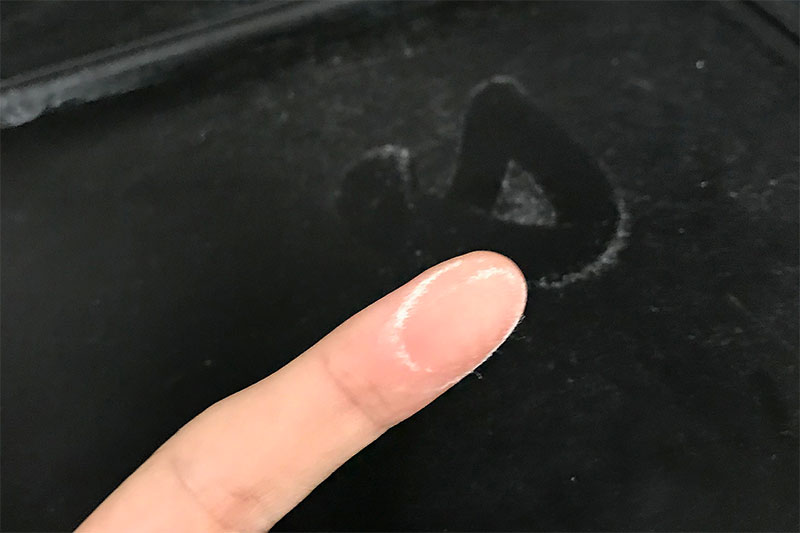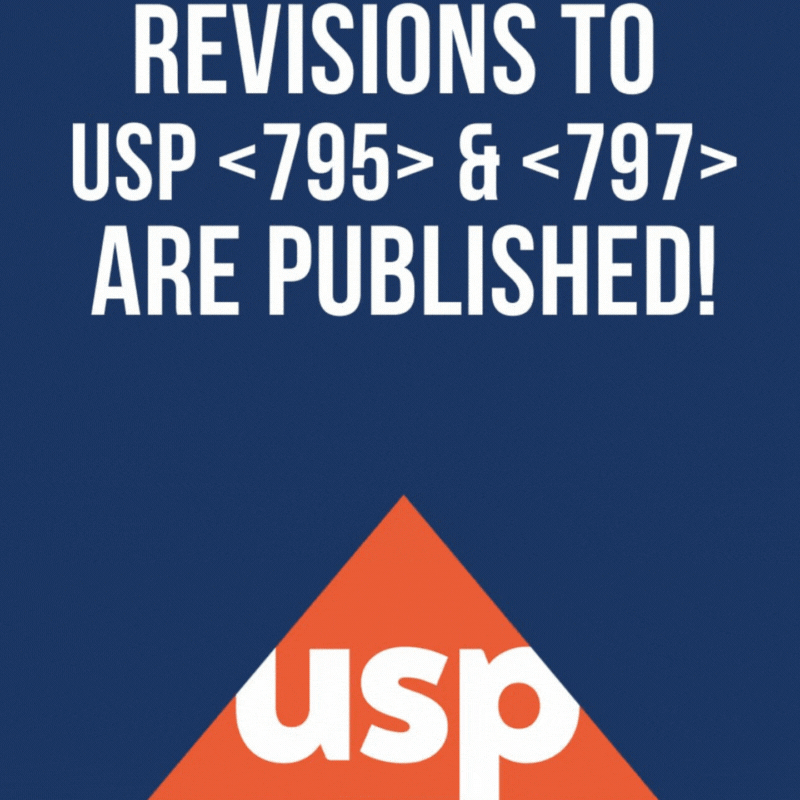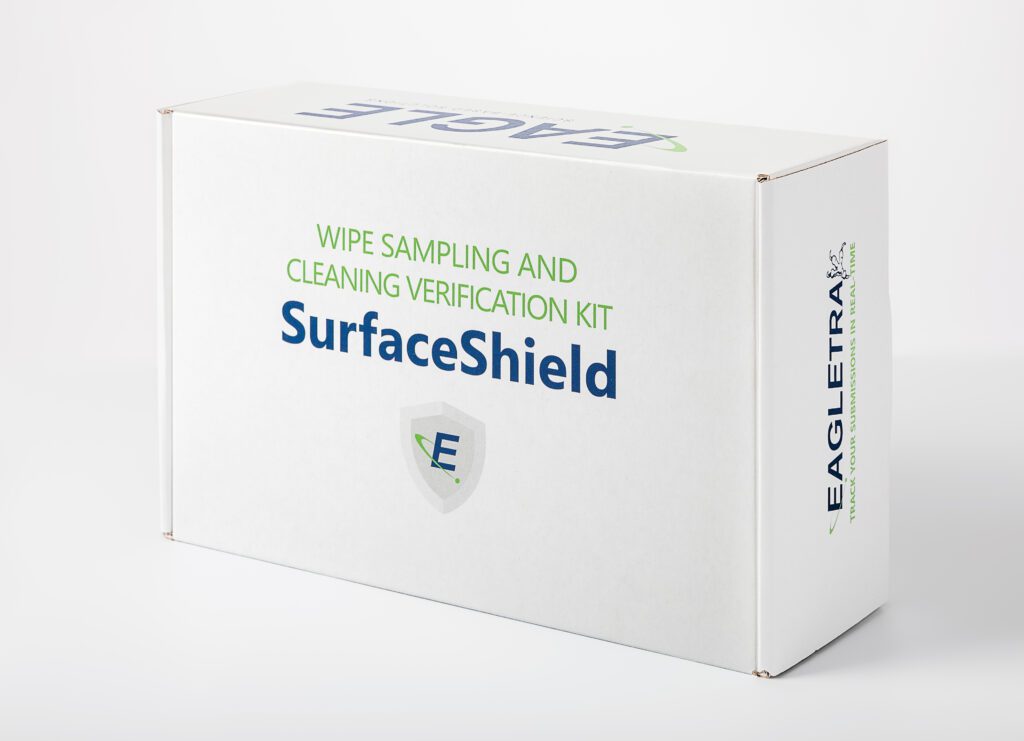In the wake of the 2012 tragedy caused by contaminated drugs produced at the New England Compounding Center, Congress passed the Drug Quality and Security Act, which amended the federal Food, Drug, and Cosmetic (FD&C) Act and more clearly defined the FDA’s authority to regulate compounding pharmacies. Under Section 503A of the FD&C Act, compounding pharmacies are eligible for exemptions from certain provisions of the act — such as compliance with good manufacturing practices — as long as they meet specified criteria.
Thank you for reading this post, don't forget to subscribe!However, there are no exemptions for 503A compounding pharmacies from section 501(a)(2)(A) of the FD&C Act, which states that drugs are deemed to be adulterated if they are prepared, packed or held under insanitary conditions that may render them injurious to health. According to the FDA, insanitary conditions may result in patient harm or death by causing drugs to become contaminated with microorganisms, non-viable filth or the presence of unintended drug components.
In 2016, the FDA issued a draft guidance document entitled “Insanitary Conditions at Compounding Facilities,” which it revised in 2018. The purpose of the guidance document is to provide examples of conditions that the agency deems insanitary in order to assist compounders in identifying similar conditions in their own operations so that they may take appropriate corrective actions.
Insanitary Conditions for Sterile and Non-sterile Drugs
Insanitary conditions are not limited solely to sterile drug compounding. In fact, the guidance document states that although sterility is not required for non-sterile products, a non-sterile drug that is contaminated with microorganisms, non-viable filth or unintended drug components may still result in patient harm. Section (A)(1) of the guidance document provides examples of insanitary conditions that are applicable to both sterile and non-sterile drug products and production areas.
Examples of insanitary conditions in sterile and non-sterile drug production areas include:
- Vermin, such as insects or rodents, or other animals, such as dogs
- Visible microbial contamination
- Sources of non-microbial contamination, such as rust, glass shavings, hair or paint chips
- Compounding while construction is underway in adjacent areas
- Standing water or evidence of water leakage
- Handling hazardous or highly potent drugs such as hormones without adequate controls to prevent cross-contamination, such as segregation and containment, and appropriate cleaning of the production area and utensils
- Use of active and inactive ingredients that may have higher levels of impurities compared to compendial-grade equivalents
Insanitary Conditions for Sterile Drugs
The guidance document then provides examples of insanitary conditions that are only applicable to sterile compounding, grouping these examples into the following categories: gowning and aseptic practices, equipment and facilities, sterilization, cleaning and disinfection, and other. For more details, we at Eagle strongly encourage all compounding facilities to read the 2018 draft guidance document.
It is important to note that insanitary conditions are not limited solely to the physical compounding facilities. Many of the examples of insanitary conditions provided are related to personnel work practices and habits. It is important for pharmacy supervisors and owners to assess the clean room behavior of their sterile compounders and correct any poor aseptic practices or insanitary conditions observed. For example, the FDA considers the following to be insanitary:
- Improperly donning sterile gloves
- Failing to disinfect supplies as they are moved from areas of lower quality air to areas of higher quality air
- Moving quickly in the ISO 5 area
- Failing to disinfect gloved hands when they exit and re-enter the ISO 5 area or when they touch potentially non-sterile objects
- Exiting and re-entering classified areas without replacing all gowning apparel
- Gowning in non-classified areas
- Disrupting or blocking the supply of “first air” in the ISO 5 area (air issuing from a HEPA filter that has not yet contacted items or surfaces)
The guidance document also outlines a number of insanitary conditions that are related to the facility’s processes and procedures. For example, the FDA considers the following to be insanitary:
- Failing to perform filter-integrity testing
- Lack of routine environmental monitoring
- Lack of routine personnel sampling
- Improper or infrequent use of a sporicidal agent
- Use of non-sterile disinfecting agents and wipes in classified areas
- Improper use of disinfectants, such as not allowing adequate contact time or not adequately wetting the surface being disinfected
- Failing to conduct media-fill tests that simulate the most challenging conditions actually encountered at the pharmacy
FDA Regulatory Oversight of Insanitary Conditions
The presence of insanitary conditions in compounding pharmacies seems to be a focus of the FDA’s recent inspections of 503A facilities. In the last quarter of 2018, nearly all of the 483s issued by the agency to 503A compounding pharmacies included at least one observation related to conditions that the FDA considers insanitary.
It is also important to note that the items listed in the guidance document are only intended to be examples. The agency emphasizes that “these examples do not constitute an exhaustive list of insanitary conditions that could be present in a compounding facility; other conditions described in this guidance may be considered insanitary” (p. 3). Therefore, it is imperative that when compounding pharmacies evaluate their own operations, they do not limit the assessments solely to items that are listed in the FDA guidance document. Recent 483s issued to 503A compounding pharmacies include inspectional observations that seem to be related to insanitary conditions not explicitly cited in the guidance document. For example, one pharmacy received an inspectional observation for using paper towels in the non-sterile compounding area. While not prohibited by USP <795> or included in the FDA guidance document, paper towels may shed particles and result in non-microbial contamination, which the agency would consider to be insanitary.
Eagle strongly recommends that all compounding pharmacies familiarize themselves with “Insanitary Conditions at Compounding Facilities” and assess their operations. This assessment should include an evaluation of physical conditions, processes and procedures, and personnel practices to determine whether conditions that may be considered insanitary are present. If any such conditions are identified, we recommend that the pharmacy define and implement corrective actions, and routinely monitor its operations to evaluate the effectiveness of these corrective actions.
If you have any questions about insanitary conditions, please contact Eagle at 800.745.8916. Our team of experts can provide a range of consulting services to help evaluate your operations and meet your needs.
Reference:
- Food and Drug Administration. (2018). Insanitary conditions at compounding facilities: Guidance for industry. Retrieved from https://www.fda.gov/downloads/drugs/guidancecomplianceregulatoryinformation/guidances/ucm514666.pdf
- Eagle New Year Party & Eagle Employee Of The Year Award Ceremony, 01/13 - March 11, 2024
- HRT Functional Medicine Symposium, 02/15 – 02/17 - March 11, 2024
- APhA, 03/22 – 03/25 - March 11, 2024





